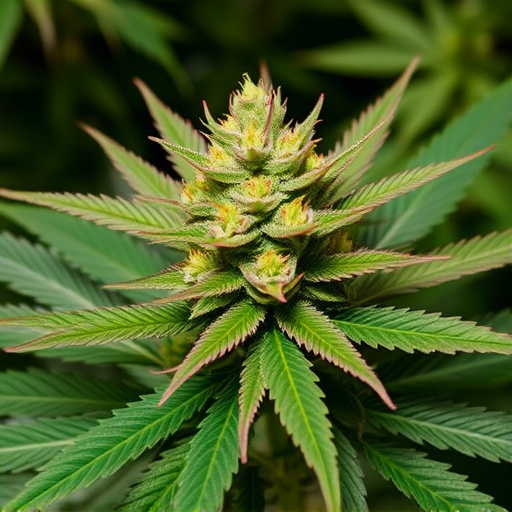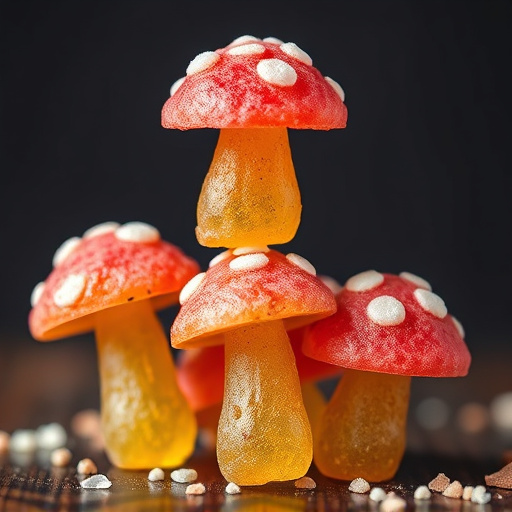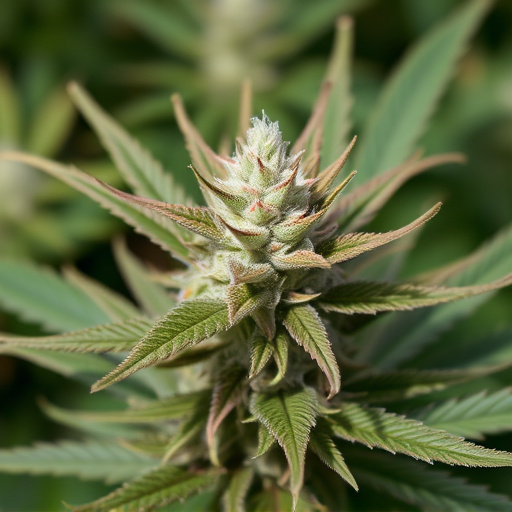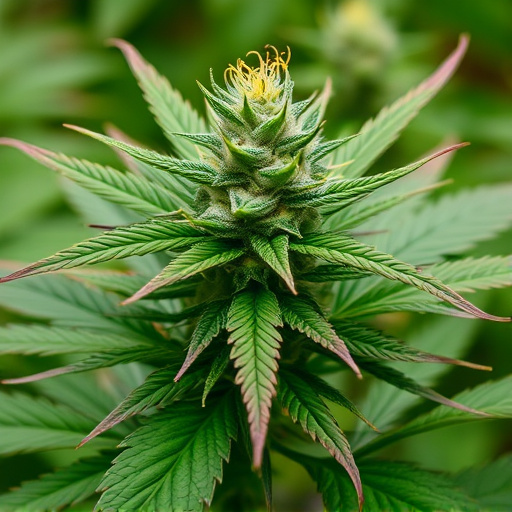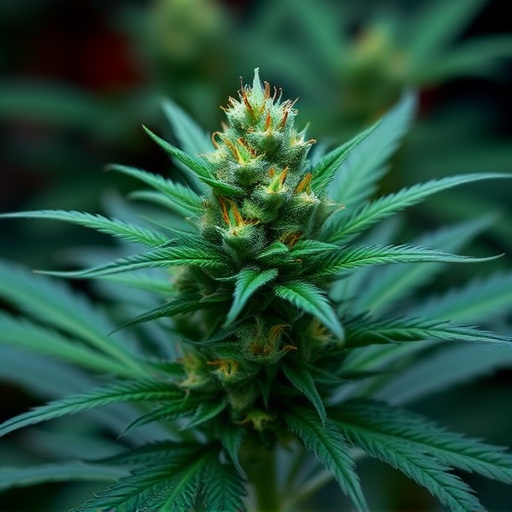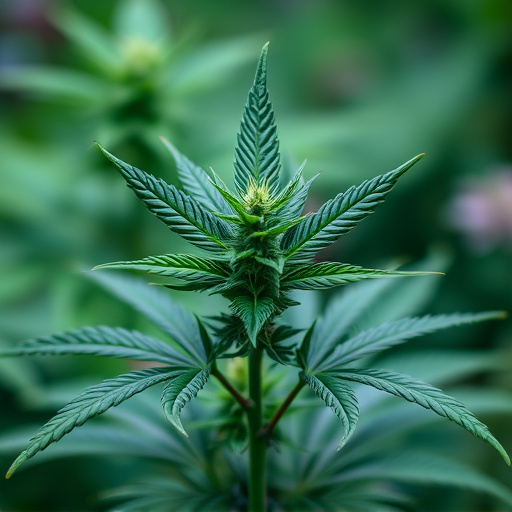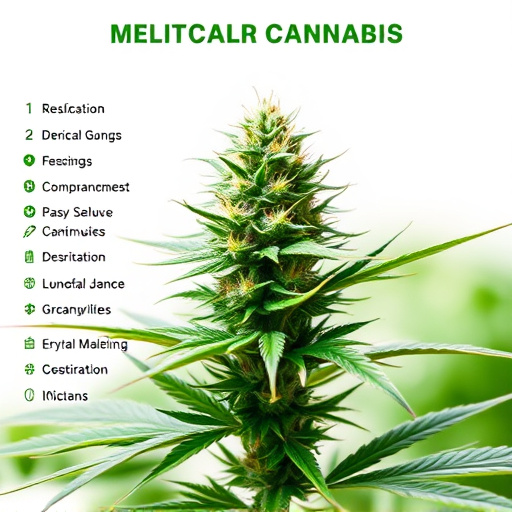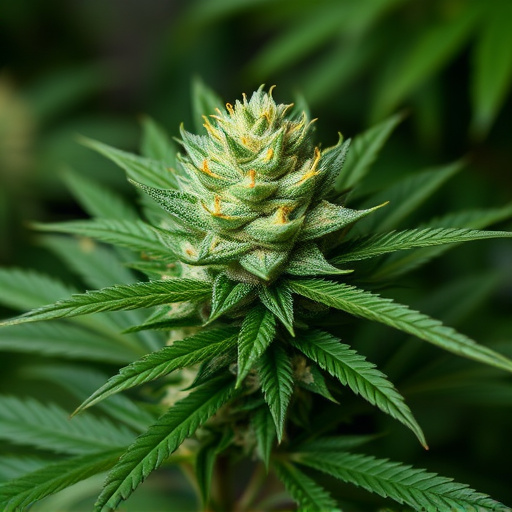The duration of a cannabis high varies greatly due to individual genetic factors, metabolism, and tolerance. To prolong the effect, choosing the right medical cannabis strain is crucial. Sativa varieties typically offer longer highs compared to Indica. Terpenes in strains enhance cannabinoid potency and duration. Optimal cultivation techniques produce top medical strains like Blue Dream and Lava Cakes rich in terpenes. Regular consumption increases tolerance, requiring higher doses for desired effects. Exploring specific cannabinoid profiles in best strains of medical cannabis can help manage and optimize high duration based on personal needs and preferences.
The duration of a weed high can vary drastically, with many factors influencing its intensity and longevity. This article explores three key areas that determine how long a high lasts: genetic factors and strain selection, environmental conditions and terpene profiles, and individual tolerance and metabolism. Discover the best strains of medical cannabis known for prolonging or enhancing effects, along with tips on optimizing your environment for an extended and enjoyable experience.
- Genetic Factors and Strain Selection: Exploring the Best Strains of Medical Cannabis
- Environmental Conditions and Terpene Profiles: Their Impact on High Intensity
- Individual Tolerance and Metabolism: Personal Variables Affecting Duration
Genetic Factors and Strain Selection: Exploring the Best Strains of Medical Cannabis

The duration of a weed high can vary significantly from person to person, and one of the primary factors influencing this is genetic makeup. Different individuals have unique metabolisms and cannabinoid receptors, which play a crucial role in how their bodies process and respond to cannabis compounds. For instance, some people may metabolize THC (the primary psychoactive compound) more quickly, leading to shorter-lasting highs.
When it comes to maximizing the duration of a desired high, choosing the best strains of medical cannabis is essential. Certain genetic lines or hybrids are bred specifically for their long-lasting effects. Sativa strains, known for their uplifting and energetic properties, often provide longer-lasting highs compared to Indica varieties, which tend to be more sedating and short-acting. Exploring different strains can help individuals find those with higher concentrations of specific cannabinoids, such as THC or CBD, that align with their preferences and desired duration of effects.
Environmental Conditions and Terpene Profiles: Their Impact on High Intensity
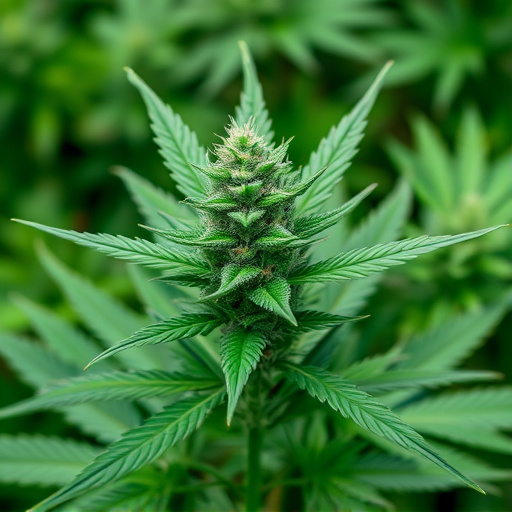
The environmental conditions in which cannabis plants are grown play a significant role in shaping their terpene profiles, which directly influences the potency and duration of a weed high. Terpenes, aromatic compounds that give cannabis its distinct smells and flavors, also interact with cannabinoids like THC to modulate the overall effects on the user. For instance, certain terpenes such as myrcene and linalool are known to enhance the psychoactive properties of THC, leading to more intense highs. As a result, many medical cannabis patients seek out strains that have been cultivated in optimal conditions to achieve longer-lasting and more potent relief.
Best strains of medical cannabis renowned for their high terpene content and desirable effects include Blue Dream, known for its myrcene-rich profile that promotes relaxation; and Lava Cakes, celebrated for its linalool content which induces calmness and sleepiness. The cultivation techniques used in producing these top medical cannabis strains—such as controlled lighting, irrigation, and climate control—are specifically designed to maximize terpene production and ensure consistent, high-quality results. Understanding the interplay between environmental factors and terpene profiles is crucial for cannabis enthusiasts looking to optimize their experience.
Individual Tolerance and Metabolism: Personal Variables Affecting Duration
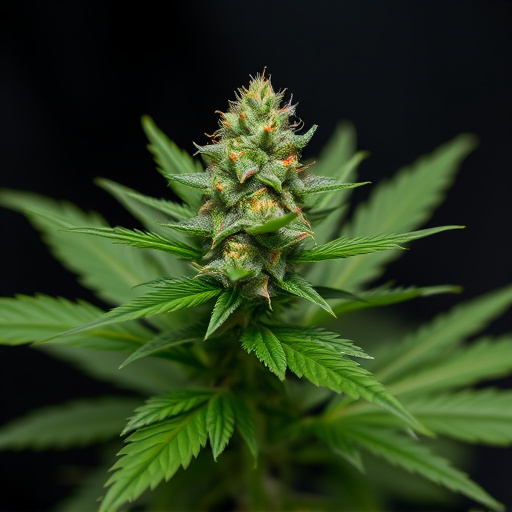
The duration of a weed high can vary greatly from person to person, and this is primarily attributed to individual tolerance and metabolism. Personal variables play a significant role in determining how long the effects of cannabis last. Those with higher tolerances may experience shorter highs due to their bodies becoming accustomed to the plant’s compounds. Regular consumption can lead to increased tolerance, requiring more substantial doses to achieve the same level of effect.
Metabolism also influences the duration. Faster metabolizers may break down and eliminate cannabinoids quicker, resulting in shorter-lived highs. In contrast, slower metabolism can extend the effects. Additionally, factors like age, weight, gender, and overall health can contribute to these variations. Exploring best strains of medical cannabis with a focus on specific cannabinoid profiles can help individuals manage their desired high duration more effectively.
The duration of a weed high is influenced by a complex interplay of genetic factors, environmental conditions, and individual biological variables. When seeking the best strains of medical cannabis for maximizing high intensity, understanding these influences is key. Environmental conditions, such as temperature and humidity, along with the unique terpene profiles of different strains, significantly impact the experience. Additionally, individual tolerance and metabolism play a role in determining how long the effects last. By considering these factors, users can make informed choices to achieve desired outcomes, ensuring a safe and optimal cannabis experience.

